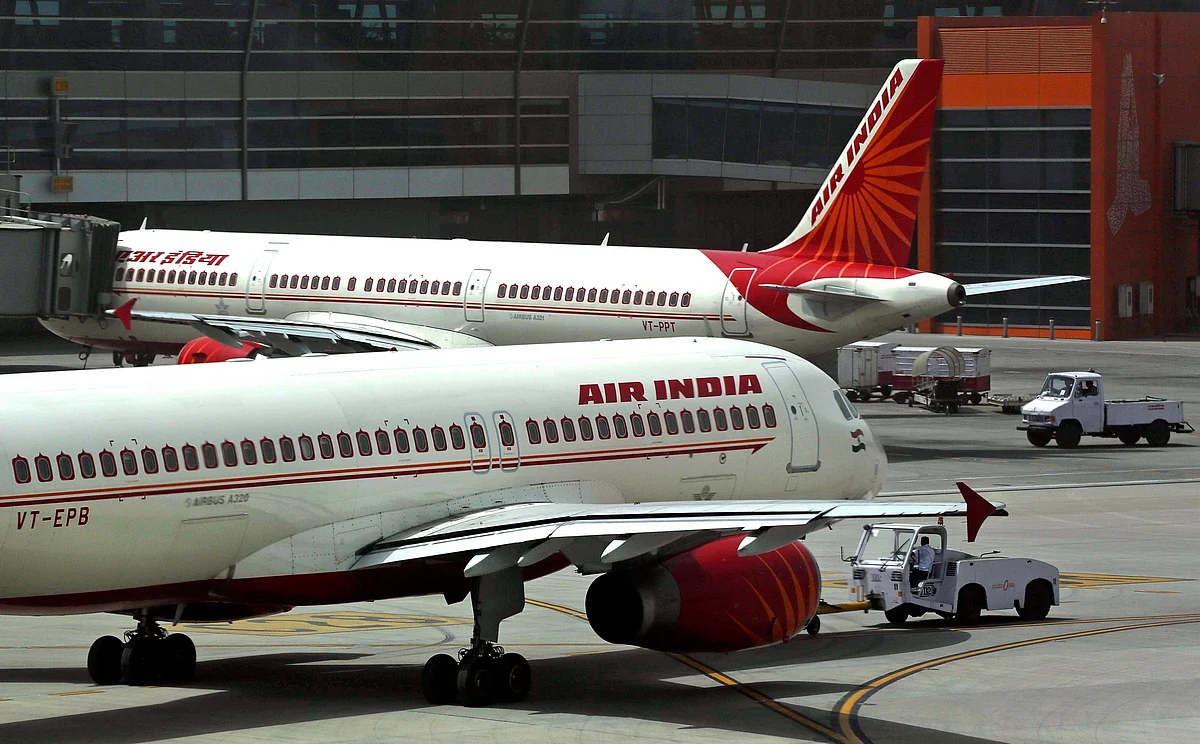
India's Greenfield Airports Herald A New Era In Aviation
On an unusually brisk spring morning in May 2025, history quietly made its presence felt at Noida (Jewar), India's newest greenfield airport. A calibration flight touched down on a freshly laid runway, signaling more than just another infrastructure milestone. It marked the dawn of a bold aviation era, one in which India is no longer just a burgeoning market, but the world's next major global hub.
Without doubt, India's aviation industry is scaling new heights - both in ambition and execution.
Recommended For YouLet's look at just the domestic scene: Domestic travellers have long been the backbone of India's tourism economy. NITI Aayog notes that they made up more than 83% of all tourism spending in 2019-a share projected to climb to almost 89% by 2028. This steady rise reflects how programmes like UDAN have transformed mobility on the ground. By closing long-standing infrastructure gaps and bringing affordable flights to smaller towns and remote regions, the initiative has opened the skies to millions who once saw air travel as out of reach.
The calibration flight at Jewar is not an isolated instance. The Noida International Airport (Jewar), long in gestation, is slated to commence commercial operations imminently.
Simultaneously, Navi Mumbai International Airport, inaugurated by Prime Minister Narendra Modi in October 2025, is set to begin operations in December with an initial capacity of 20 million passengers, scaling to 90 million in later phases.
Billed as the second airport of the Mumbai Metropolitan Region, apart from Mumbai's existing Chhatrapati Shivaji Maharaj International Airport, this is sure to change the region's face of aviation and connectivity.
This“second-airport” strategy isn't just about capacity relief: it's a strategic leap toward turning Delhi and Mumbai, India's two major metros, into true aviation capitals. With Jewar and Navi Mumbai coming online, these cities will join the global club of metropolises with multiple international airports.
Behind the scenes, the government isn't slowing down: In the last decade alone, India's skies have grown busier than ever. With India emerging as the world's third-largest domestic aviation market, the number of airports increased from 74 in 2014 to 163 in 2025. The government's vision is to increase airports to around 400 by 2047, when India celebrates hundred years of independence.
Too many airports without enough aircraft would be a hollow victory. Thankfully, India is matching its runway boom with an equally audacious fleet build-up. Carriers in India have collectively placed orders for over 2,000 aircraft led by industry stalwarts: more than 1300 jets from IndiGo, 570 for Air India, and over 200 for Akasa.
This isn't speculative dreaming. According to NDTV's coverage of remarks by the Civil Aviation Minister, India's domestic carriers aim to expand their fleet aggressively, targeting 3,500 aircraft by 2047.
Boeing, for its part, is forecasting delivery of 2,800+ new jets to Indian and South Asian airlines over the next two decades.
Geography is destiny
India's geographic location is emerging as a comparative advantage. Situated at the crossroads of east–west and north–south routes, it is uniquely placed to act as a transit hub for both intercontinental traffic and regional connectivity. But geography alone doesn't build an aviation powerhouse; reforms do.
The aviation story isn't just about planes and runways. It's about the massive economic engine quietly powering India's rise. The International Civil Aviation Organization (ICAO) puts it simply: every single rupee invested in aviation triggers more than three times its value in economic activity. Even more impressive, it supports over six times as many jobs across connected industries - from tourism and transport to manufacturing and high-tech services.
As airlines expand, airports multiply, and new routes open up, the demand for skilled professionals including pilots, engineers, ground staff, logistics experts, is set to surge dramatically.
What's fueling this momentum is not just domestic demand but India's widening global footprint. With 116 bilateral Air Service Agreements, India is weaving a strong network of international connectivity. As Indian carriers push deeper into long-haul markets, the country's aspiration to become Asia's next aviation hub is no longer distant but is unfolding in real time.
If this trajectory sustains, and there are few reasons it will not, India will not just be a powerhouse of domestic travel - it could very well become the aviation crossroads of the 21st century, where east meets west, where people and goods transit seamlessly, and where ambition takes flight at an unprecedented pace.
The author is a writer at Milaybami.

Legal Disclaimer:
MENAFN provides the
information “as is” without warranty of any kind. We do not accept
any responsibility or liability for the accuracy, content, images,
videos, licenses, completeness, legality, or reliability of the information
contained in this article. If you have any complaints or copyright
issues related to this article, kindly contact the provider above.

















Comments
No comment